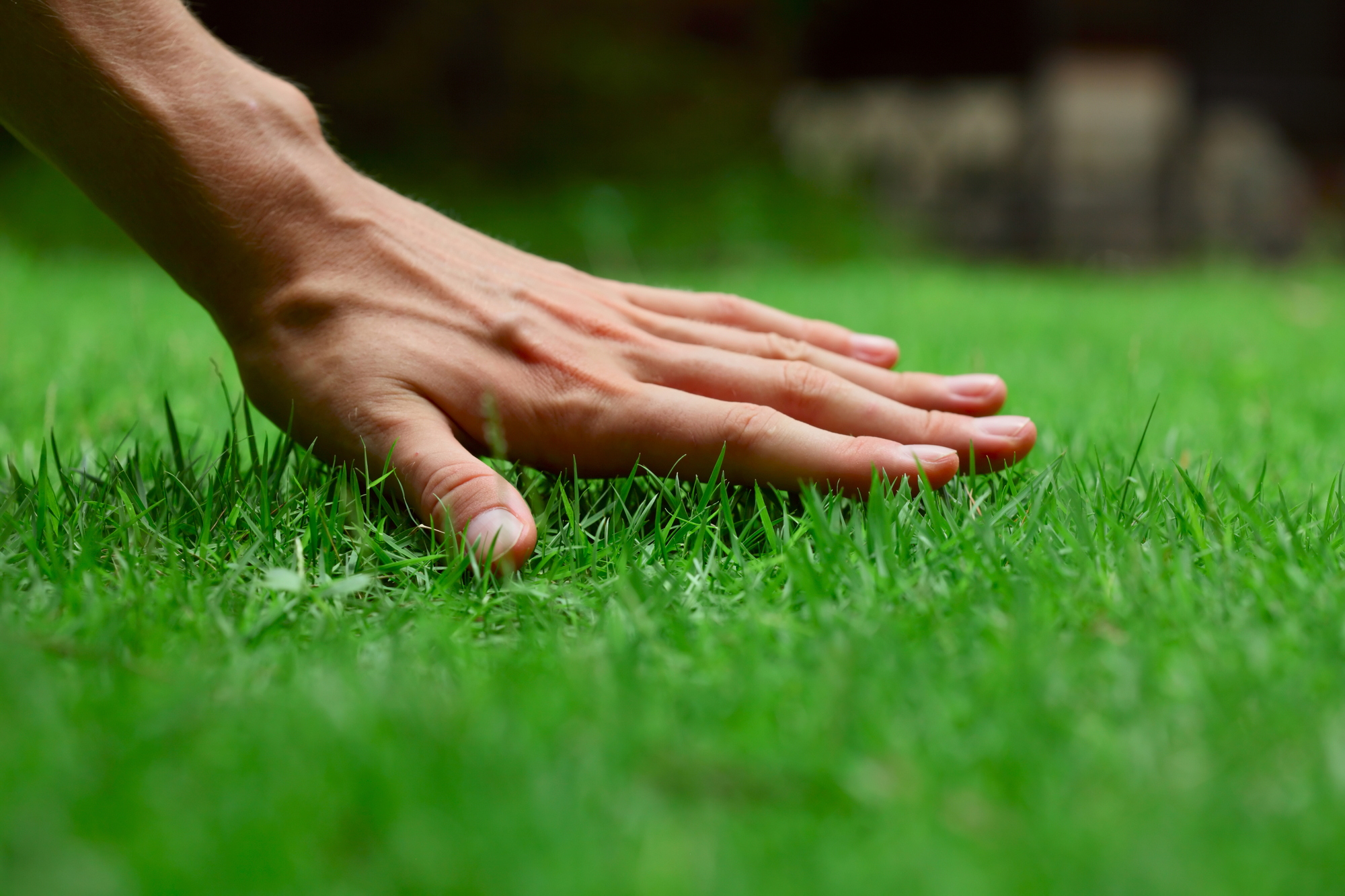Introduction
In an era increasingly focused on environmental responsibility, sustainable practices in lawn care have become crucial. Embracing eco-friendly lawn maintenance not only benefits the environment but also ensures personal health and well-being. This guide will explore various ways to care for your lawn sustainably, focusing on practices that nurture both your green space and the planet.
Understanding Sustainable Lawn Care
Sustainable lawn care involves methods that minimize environmental impact while maintaining a healthy and aesthetically pleasing lawn. Traditional lawn care often relies heavily on chemicals and excessive water use, which can be detrimental to the environment. By adopting sustainable practices, homeowners can reduce their carbon footprint and promote a more natural ecosystem in their yards.
Eco-Friendly Mowing Practices
Effective mowing is a cornerstone of lawn care. Opting for manual or electric mowers instead of gas-powered ones can significantly reduce carbon emissions. Also, setting the mower blades to a higher setting can encourage deeper root growth, which helps the grass withstand drought and pests more effectively. Leaving grass clippings on the lawn can also return nutrients to the soil, reducing the need for fertilizers.
Natural Lawn Feeding Techniques
Switching to organic fertilizers is a pivotal step in eco-friendly lawn care. Chemical fertilizers can runoff into waterways, causing pollution. Using compost as a natural fertilizer not only enriches the soil but also reduces waste. Homemade compost can be easily made from kitchen scraps and yard waste, providing a rich, nutrient-packed soil amendment.
Water Conservation in Lawn Care
Conserving water is essential in sustainable lawn care. Watering your lawn during the early morning or late evening reduces evaporation. Installing a rain barrel to collect rainwater for irrigation is an excellent way to utilize natural resources efficiently. Additionally, planting drought-resistant grass varieties can significantly reduce the need for watering.
Integrated Pest Management (IPM)
IPM is an environmentally friendly approach to pest control that minimizes the use of chemicals. This method involves regular monitoring for pests and only addressing them when they reach a level that could harm the lawn. Natural pest control methods, such as encouraging beneficial insects or using organic pest repellents, are preferred within this approach.
Promoting Biodiversity
A biodiverse lawn supports a healthy ecosystem. Planting native grasses and plants attracts and sustains local wildlife, including pollinators like bees and butterflies. Creating small habitats, such as a wildflower patch or a log pile, can also enhance your lawn’s ecological value.
Enhancing Soil Quality
The quality of soil, or dirt, is integral to the health of your lawn. Conducting a soil test can reveal important information about soil pH and nutrient levels. Amending the soil with organic matter improves its structure and nutrient content, fostering healthier grass growth. Regular aeration helps to reduce soil compaction, allowing water, air, and nutrients to penetrate more effectively.
Lawn Alternatives for Sustainability
Consider alternative ground covers that are low maintenance and environmentally friendly. Options like clover, moss, or native ground covers require less mowing, watering, and no chemical treatments compared to traditional grass lawns.
Conclusion
Adopting sustainable practices in lawn care is not just beneficial for the environment; it also results in a healthier and more natural outdoor space. By integrating these eco-friendly methods, you can maintain a beautiful lawn that aligns with the values of environmental stewardship and sustainability.

